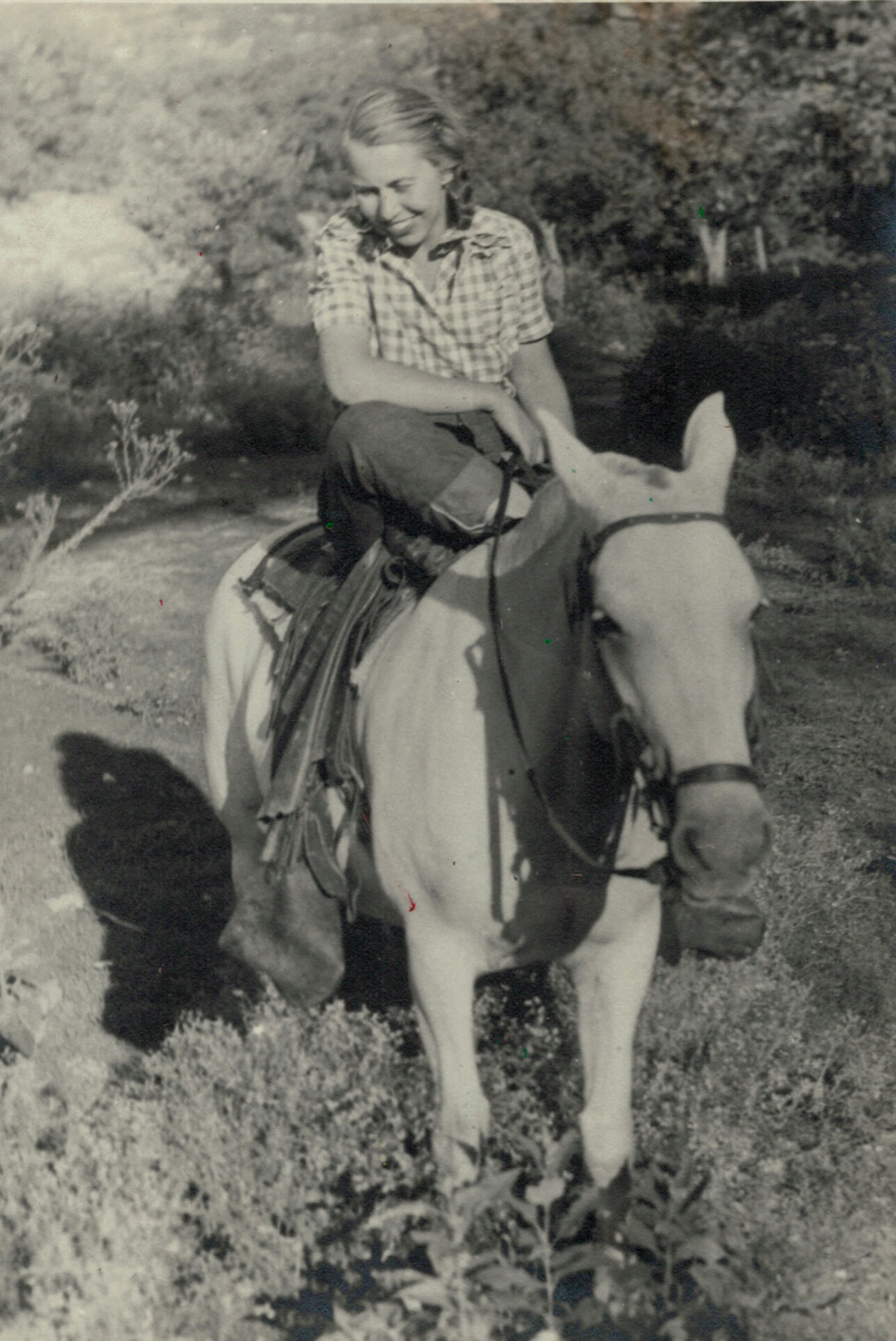The History of Enid Collins
from the Preface:
My mother, Enid Collins, was the designer of the handbag company known as Collins of Texas. By the 1960s, her colorful jeweled totes and box bags were in every major department store in the country. Her unique design style became a folk art icon of the time, and her handbags and accessories are still collectable today.
While my father and many others are a part of this story, it is Enid who commands center stage. She commands, not only because of her talent, but also because of the strength of her personality. She was probably the most real person I ever knew. She was forgiving and compassionate but not gushy. She expected—she demanded—the best from others. She was never fooled by foolishness. People were afraid of her and loved her at the same time. She was a full-time businesswoman in a world of sometimes condescending men, and at the same time she was a full-time loving mother.
My parents did not set out to make ladies’ handbags. My father wanted to ranch but knew little about it. They worked in a war plant during WWII and saved their money to make a down payment on a ranch in the hill country of Texas. Making handbags grew out of their need to make a living. As I thought about their story—their accomplishments and their willingness to sacrifice comfort to live their dream—I realized it was a story that needed to be told. I was surprised how important Collins bags were in the fashion world of the 1960s, and to the many vintage collectors today.
I started this book several years ago. I wrote what I remembered (which was a lot), about living on the ranch and the handbag business, about working in the factory, about going on sales trips with my dad, about helping to build one of the additions to the initial factory. I also had my mother’s journal and writings that she composed about those days after she sold and left Collins of Texas. I wrote and I tabled the book, wrote and tabled, for at least ten years. The book just didn’t seem to be becoming all it needed to be.
Then a marvelous thing happened. I found a box of my mother’s papers that contained letters she had received and written—I had never seen these letters before. They ranged in date from 1928 to the 1960s, letters both personal and business. As I read these, along with my mother’s journal, I realized that the book I had been working on was not mine to write—it was hers. All I had to do was to clarify in some cases and add my own, now enlightened, perspective.
For my mother, Enid Collins, designing and producing handbags was her passion. She loved doing what she came to do, and then when she could no longer do it, she was deeply hurt. Then began her search for new meaning and the finding of the one thing that she could not lose and how it forever shaped her destiny.
This is a Texas story. But it begins far away, in the Midwest of the early twentieth century.
Jeep
